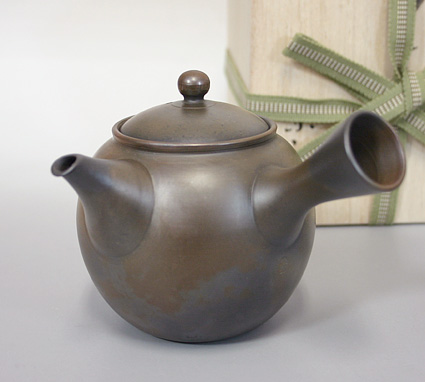It looks like it's from Artistic Nippon, so I would assume it to be of very high quality.RussianSoul wrote:Collecting is not my goal, although some of these pretties are hard to resist.
Good point about quality! I have a Yohen by Soukou
I can't compare because I have only one, but it feels like a top quality to me. How does it compare with Hokujo?
I think the Hokujo's are so good because they tend to be very thin and light and this contributes to the quality of first harvest sencha or gyokuro by allowing the heat to escape quickly. This thin and light construction is supposed to be very difficult to achieve with Tokoname clay.
I don't necessarily believe that thin and light is best for later harvest sencha, houjicha, or genmaicha. High quality kyusu I own that have been replaced by Hokujo's for first harvest sencha are still high quality kyusu; I can always use them for another type of Japanese tea later. They are still noticeably better than what I had before. I just haven't been able to better the exceptional results I consistently get from all 7 of my Hokujo kyusu.
Toru of Artistic Nippon has told me that he uses a Hokujo, the one at the top of the Tokaname page (rust colored "rustic" with the dent and white stripe). I also have this one.
